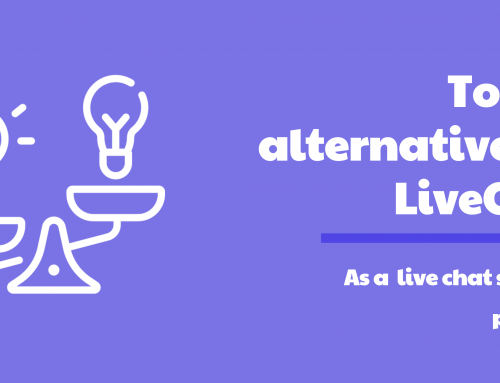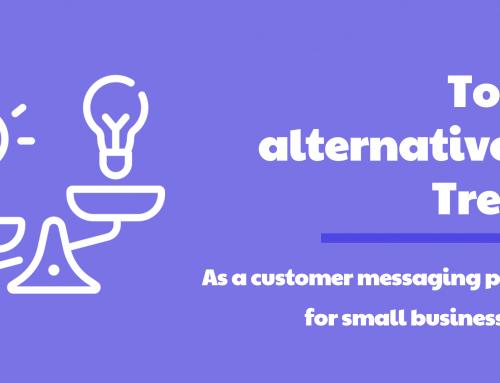The difference between scripted chatbots and AI driven chatbots
Nowadays, chatbots are everywhere. They are our digital assistants who are ready to help. Businesses love to use chatbots for customer support. They’re never sick and always on the job, 24/7.
It’s a very efficient way for a business to help customers, but only when done correctly. You’ve probably experienced annoying chatbots yourself when you’re looking for customer support. The ones that keep repeating and are not answering your question. Why is this? And why are some chatbots really capable of having a human-like conversation while others are just annoying? More importantly, as a small business owner, how to make sure you select the right type of chatbot that fits your business and the needs of your customers?
Scripted vs non-scripted chatbots, what is the difference?
Generally, you can make a difference between scripted vs non-scripted chatbots. A scripted chatbot is a chatbot that uses a predefined conversation flow. When you start a conversation with such a chatbot, it gives you a set of options to choose from. Based on the option you select, it guides you to the right answer. It’s similar to how IVR or Interactive Voice Response works with a phone. You know, the voice recordings saying “Press 1 if you have a question about your invoice”, “Press 2 to…”
These types of chatbots are easy to set up for a business. Often they work with a drag and drop builder so you can create a flow within minutes. However, as you probably already felt with the IVR example, these chatbots can be very annoying. Especially when you’re having a question that falls outside of the regular flow, it can be a nightmare to get some decent support.
Alternatively, you have non-scripted chatbots. These types of chatbots use technologies like AI and NLP to have more human-like, flexible conversations. NLP stands for Natural Language Processing and it is a technology to recognize text.With NLP, basically a chatbot understands human language so you can chat with it and ask a question like you would do with a real human being.
The way it works is that the chatbot analyses every incoming sentence. Based on training it received, it tries to recognize the intent of a sentence and replies. For example, if you say “Hi, I received my order but it got damaged”, the chatbot understands “Hi” as a greeting or welcome and says “Hi” back. The next part of the sentence is about “my order” and “damage” so the chatbot guesses that the customer is asking about how to return a product and get refunded. It will reply with something like “So sorry to hear that, here you can ask for a refund”, with the link to the refund page.
Setting up scripted chatbots requires time and effort
Non-scripted chatbots sound like a dream come true in chatbot land. They can be actually very good due to the underlying technology of AI and NLP and the rapid improvement of that technology. However, setting up a properly working, non-scripted chatbot is a massive job. These types of chatbots require hours and hours of training and it needs correction to improve itself. As you can imagine, this can be very time consuming and requires particular knowledge and skills about non-scripted chatbots.
There is hope though. At Table Duck for example, we’ve done the hard work for you with our pre-trained intents on a non-scripted chatbot. You can easily turn on the questions you want to get answered and fill in the answer specific to your business.
It works especially well for smaller types of businesses that want to use chatbot technology, but don’t have the time or money to invest in custom made, fully trained chatbots.

